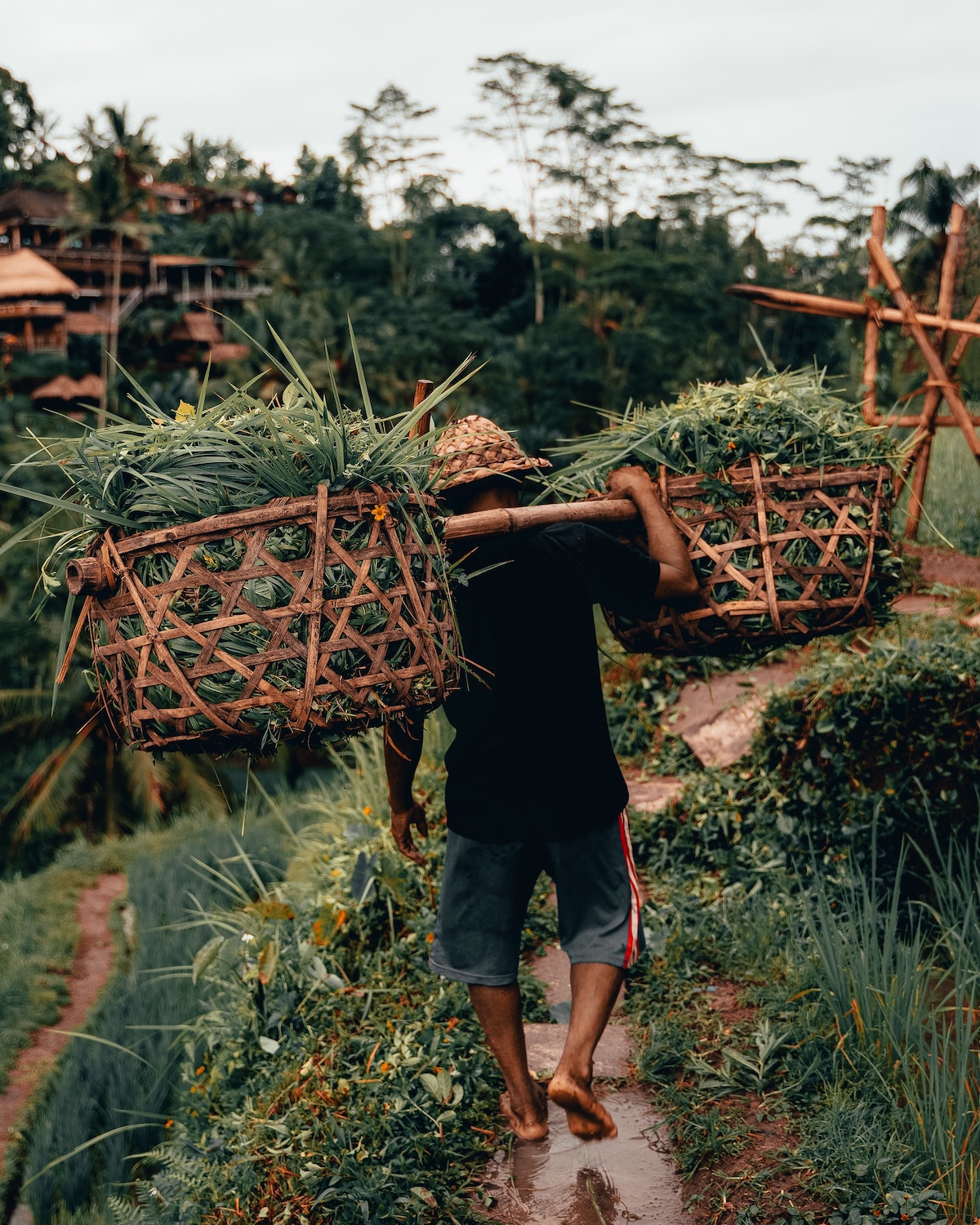Climate adaptation remains grossly underfinanced, even while extreme weather events continue to disrupt their supply chains.
As warmer and wilder weather rips through critical food crops and rattles corporate supply chains, disrupting supplies of everything from chocolate to lumber, it has become painfully clear that the world is well off the mark when it comes to taking the actions required in maintaining a habitable planet. Mars CEO Grant Reid says his company is investing billions into greening supply chains – but are companies in the food sector and beyond ready for how increasing heat waves, longer hot seasons, and shorter cold seasons will affect their supply chains and the raw materials they rely on?
South Pole’s latest report – The Push and Pull of Net Zero: Drivers of Climate Action – shows that, alongside actions to reduce greenhouse gas emissions (mitigation), companies are paying more attention to the need to adapt to a changing climate (adaptation). Well over half of polled companies, nearly 60%, indicated that climate adaptation was a key priority to fend off the hazards of a warming world.
While that is encouraging to hear, only 1 in 5 (20%) claimed to have a clear strategy for how they will actually adapt to climate change. Even fewer, just 7%, said they had increased spending on adaptation-related initiatives. What is holding them back? Could it be that there isn’t enough clarity on what adaptation means – or not enough solutions available to take action?
From futures at risk to future-proofing
A changing climate and disappearing biodiversity mean that our world is facing a double crisis. And with over half of global GDP dependent on nature and its services, nature loss matters a lot for all businesses – by impacting operations, supply chains, and markets that can put entire economies at risk.
Physical impacts aside, inaction on climate resilience and adaptation also threatens a business’ reputation and social license to operate. A new generation of consumers expects companies not only to reduce their environmental footprint but, in parallel, to actively grow their positive handprint when it comes to safeguarding our precious ecosystems and at-risk communities. According to a consumer sentiment study done under the UN Convention on Biological Diversity, over 80% of respondents, especially Generation Z and Millennials, believe that companies have a moral obligation to ‘ensure that they have a positive impact on people and biodiversity’.
However, succeeding in this endeavor calls for a new way of operating in our incredibly interconnected world and approaches that restore, revitalise, and protect our natural resources and people must be prioritised. We need to help vulnerable communities and ecosystems resist and recover from the fluctuations of a warming world. This means adapting to climate change: profoundly changing human behaviour, corporate strategy and supply chains, and ingrained geopolitical and economic power structures, as well as building new, climate friendly and resilient infrastructures on a global scale.
A tall task for one organisation alone.
But the companies who do start chipping away at the challenge today will be ahead of the curve by future-proofing their business models and defending their social license to operate over the long term. And the good news is that there’s already a way to do it.
It takes a village (and a landscape)
Private capital will make or break our ability to prepare for the future, since public finance alone is woefully insufficient to meet the world’s adaptation needs. Furthermore, financing critical areas of adaptation in ‘silos’ – including poverty alleviation or biodiversity – will not get us far either. The scope and scale of the climate challenge calls for genuinely integrated approaches.
Some corporate leaders have realised the urgency for greater resilience and have stepped up to invest in adaptation already. One of these pioneers is Chanel which, in 2021, provided a US$25 million anchor investment to the Landscape Resilience Fund (LRF), an independent foundation co-developed by South Pole and WWF.
The Landscape Resilience Fund is an innovative partnership that blends public and private finance to attract large-scale investment for local adaptation efforts, economic recovery, and global supply chain resilience. In practice, the LRF provides financing and assistance to small and medium-sized enterprises (SMEs) that work with smallholders in vulnerable landscapes – such as cocoa growers and rattan harvesters – to help them access better farming materials, such as drought-resistant seeds, as well as training and additional finance.
By looking at the different actors and ecosystems within the same landscape, the projects, SMEs, and farmers supported by the LRF work in sync to uphold community well-being, a healthy environment, and biodiversity conservation. This landscape approach also helps mitigate climate change by challenging the drivers of deforestation, as well as increasing carbon sequestration through climate-smart agriculture practices, such as inter-cropping and agroforestry.
Chanel’s investment has two clear benefits. On the one hand, it will catalyse a virtuous cycle of additional investments into SMEs and at-risk communities in vulnerable landscapes. In parallel, Chanel will learn how to build climate resilience into their own supply chains, and improve the long-term value of their business in the eyes of investors, employees, and customers.
Making a lasting impact
The most effective way for companies to safeguard their social license to operate is to show – rather than tell – how they are playing a part in creating a more equitable, climate-resilient future for all.
Today there is a vacuum of corporate leadership when it comes to adaptation. But funds like the LRF give forward-looking companies a chance to be part of an alliance of leaders that are going above and beyond their climate mitigation targets to invest in climate adaptation, for their own sake as well as for the sake of the millions who rely on forests and agriculture for their livelihoods.
Get in touch with our team now to become part of the Landscape Resilience Fund.
